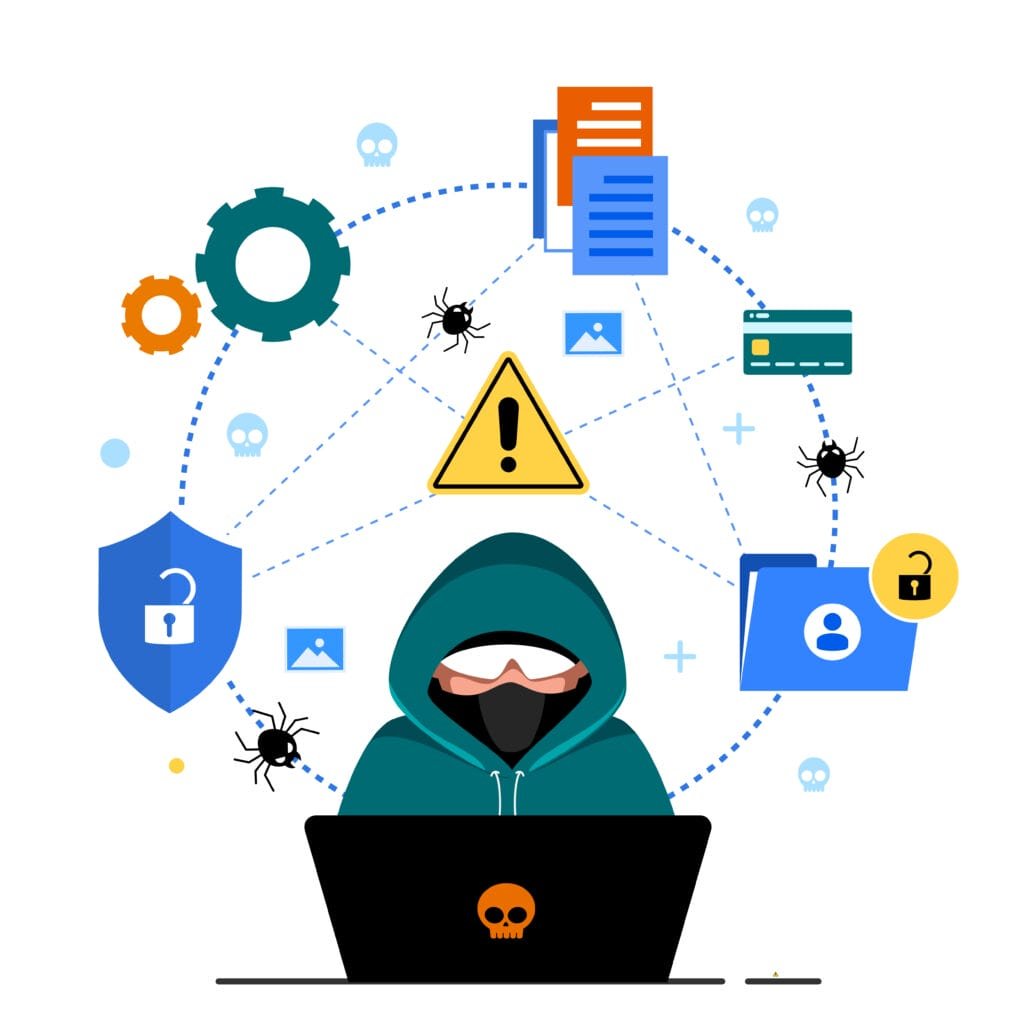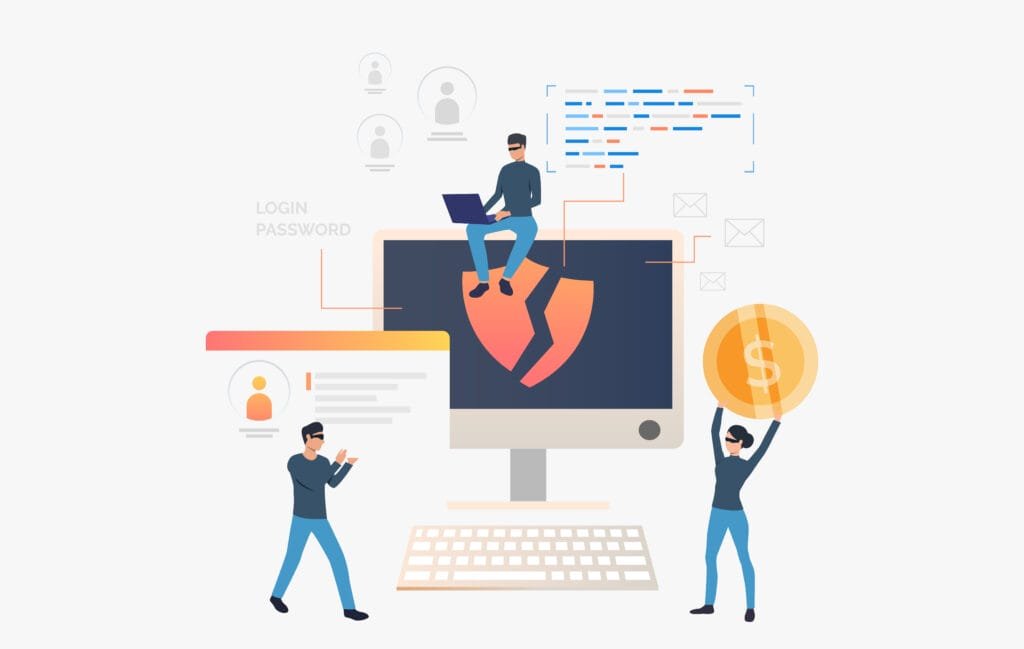SAP Vulnerability Management: Safeguarding Your Systems
SAP systems are crucial for modern companies since they simplify data administration and operations in the digital sphere. Although their integration has grown essential, it also necessitates strong SAP Vulnerability Management to protect these complex systems. SAP systems are critical components for numerous businesses in the modern digital world. They become a vital component of organizational infrastructure by enabling more efficient data handling and more seamless operations. However, the fact that they are incorporated into these configurations makes it more important to put strong SAP Vulnerability Management procedures in place. These systems are becoming more interconnected and complicated, which increases the possibility of security lapses and vulnerabilities. As a result, businesses need to give top priority to putting strong defenses in place against risks and weaknesses that can jeopardize the security and integrity of data stored in SAP systems.
Organizations must strengthen their defenses against cyber attacks and vulnerabilities as they depend more and more on these technologies for daily operations. In today’s digitally-driven world, proactive vulnerability management is essential for identifying, evaluating, and mitigating any weaknesses in SAP systems. This enhances the systems’ resistance against cyber threats.
Understanding SAP Systems
SAP Vulnerability manages sensitive data and keeps an eye on essential company processes. SAP is well-known for its enterprise resource planning (ERP) solutions. SAP system vulnerabilities provide significant risks that could lead to data breaches, financial consequences, or disruptions of critical company operations. Given the vital role SAP plays in protecting confidential data and essential company activities, mitigating these vulnerabilities is essential to preventing possible outcomes that can include financial losses, disruptions to regular business operations, or data breaches.
Importance of Vulnerability Management

Effective vulnerability management is essential for identifying, assessing, and resolving possible SAP system vulnerabilities. Organizations improve their defenses and reduce the possibility that cybercriminals may take advantage of weaknesses by taking proactive measures. Maintaining a proactive approach to vulnerability management is essential for SAP systems as it facilitates the prompt identification, comprehensive assessment, and effective remediation of vulnerabilities. By adopting a proactive strategy, organizations can enhance their security posture and reduce the likelihood of cyber attackers exploiting weaknesses in the SAP infrastructure. Through the use of proactive measures in vulnerability management, organizations can enhance their defenses against potential cyber-attacks targeting SAP systems and significantly decrease the possibility of security breaches.
Common Vulnerabilities in SAP
Multiple vulnerabilities exist in SAP setups, from misconfigurations to unpatched systems, which could serve as ports of entry for cyber attackers. These flaws commonly serve as entry points for unwanted actors, compromising the security of systems and the accuracy of data. Misconfigurations and unpatched systems are only two examples of the vulnerabilities that exist in SAP setups and provide ways for cybercriminals to compromise security. By taking advantage of these flaws, systems’ secrecy and the integrity of invaluable information may be compromised. In SAP environments, these vulnerabilities must be addressed quickly and thoroughly to prevent potential cyber threats and protect system confidentiality as well as data integrity.
Exploitable Weaknesses
Vulnerabilities that are commonly exploited by malevolent groups targeting SAP systems include weak authentication processes, unencrypted communications, and inadequate access controls.
Risks Associated with Vulnerabilities
Regulatory non-compliance, reputational harm, and operational interruptions are among the other hazards that go beyond data breaches and financial losses. Effective SAP vulnerability management depends on recognizing and addressing these threats.
Methods of Identifying SAP Vulnerabilities

Finding vulnerabilities in SAP systems requires a combination of powerful technologies and labor-intensive manual examination methods. The successful detection of vulnerabilities in SAP systems necessitates a multimodal strategy that combines sophisticated tools with laborious manual examination methods. Throughout this process, advanced technologies that can detect and scan for possible vulnerabilities are used in conjunction with human experience to do thorough analysis and validation. The quality and effectiveness of vulnerability identification within SAP systems are improved by the combination of automated tools and manual examination procedures. Through the utilization of this hybrid technique, entities may augment their capacity to identify and remediate vulnerabilities with efficacy, providing a thorough comprehension and relief of possible security hazards within their SAP system.
Vulnerability Scanning Tools
By examining code, system configurations, and possible vulnerabilities in SAP environments, automated scanning technologies are essential for finding vulnerabilities.
Manual Assessment Techniques
Human intervention is vital for a comprehensive assessment, involving in-depth reviews, penetration testing, and code analysis to uncover vulnerabilities that automated tools might overlook.
Best Practices for SAP Vulnerability Management
Adhering to recommended practices and taking proactive steps are necessary for mitigating vulnerabilities in SAP systems.
- Regular Updates and Patches
- Regular updates and prompt implementation of SAP fixes are crucial for mitigating vulnerabilities and improving system security.
- Access Control and User Permissions
- Strict access controls and user rights help prevent unwanted access and lower the chance of exploitation.
Role of Compliance in SAP Security
Robust SAP security is based on adherence to standard practices and laws.
Regulatory Compliance
Compliance with industry-specific standards, HIPAA laws, and GDPR mitigates legal risks and ensures that operations are in line with best security practices. Implementing strong security procedures and protection is dependent upon compliance with regulations such as GDPR, HIPAA, or industry standards. In addition to demonstrating a dedication to protecting sensitive data, this alignment reduces the exposure to legal risks related to non-compliance. Respecting these rules ensures a proactive security approach, building confidence with clients and other stakeholders while reducing the possibility of legal consequences from noncompliance with requirements. Organizations can create a solid foundation for security, integrity, and protection against data protection and privacy-related legal consequences by incorporating these regulations into their operational frameworks.
Ensuring Adherence to Standards
SAP systems are more resilient to possible threats when regular audits and compliance checks confirm adherence to security standards. A crucial part of ensuring compliance with defined security standards in SAP systems is conducting routine audits and compliance checks. This continuous verification improves these system’s defenses against future attacks in addition to verifying compliance. Organizations increase the defenses of their SAP systems and improve their capacity to withstand and effectively handle any security threats by routinely assessing adherence to security protocols.
Challenges in SAP Vulnerability Management
Taking care of vulnerabilities in SAP environments is a complex task.
Complexity of SAP Environments
The process of finding and fixing vulnerabilities is made more difficult by the complexity of SAP landscapes, which include a wide range of modules and settings. Finding and fixing vulnerabilities is made more difficult by the complex modules and configurations that make up SAP landscapes. Vulnerability management in SAP environments is complex because of the variety of modules and customizations they include. The complexity of SAP environments makes it more challenging to find and address vulnerabilities successfully. The complex relationships between modules and configurations in SAP landscapes make it more difficult to detect and fix vulnerabilities, requiring the development of comprehensive mitigation techniques.
Rapidly Evolving Threats
The ever-changing threat landscape requires constant attention to detail and adjustment to new attack methods and sophisticated cyber threats. Continuous monitoring and adaptation to new attack routes and sophisticated cyber threats become essential in response to the dynamic threat landscape. Navigating the dynamic threat landscape, which is marked by the advent of new attack vectors and complex cyber threats, requires constant adaptation and attention. It takes a constant commitment to adapt and modify techniques to counter complex cyber threats and new attack methodologies to stay ahead in the face of the ever-changing threat landscape. The key to effectively combating the dynamic threat landscape and its ever-changing difficulties is adaptation and constant attention.
Benefits of Robust Vulnerability Management

There are several advantages to using efficient vulnerability management techniques.
Enhanced Security Posture
By managing vulnerabilities proactively, an organization’s entire security posture improves and its vulnerability to cyberattacks is reduced. Adopting a proactive approach to vulnerability management improves the security posture overall and reduces the vulnerability of the organization to cyberattacks. Improving the organization’s security posture and reducing its vulnerability to cyberattacks need proactive SAP Vulnerability Management. Through the implementation of proactive vulnerability management strategies, companies can strengthen their overall security framework, minimize exposure to vulnerabilities, and increase their resistance against potential cyber threats. By taking proactive steps to mitigate vulnerabilities, organizations may boost their defenses, reduce their vulnerability to cyberattacks, and improve their security architecture.
Minimized Risk of Data Breaches
Rapid vulnerability mitigation significantly reduces an organization’s risk of data breaches and associated losses. The likelihood of data breaches and the ensuing harm to companies can be greatly reduced by promptly resolving vulnerabilities. Rapid vulnerability remediation is an essential preventive action that significantly reduces the likelihood of data breaches and the resulting losses. Quickly fixing vulnerabilities is essential to lowering the likelihood of data breaches and lessening the potential harm they could do to organizations. Rapid vulnerability remediation reduces the likelihood of data breaches and the associated costs that companies may incur. This is an example of proactive defense.
Case Studies on SAP Security Breaches
Examples from real-world situations highlight the consequences of poor vulnerability management.
- Real-World Examples
The significance of strong security protocols and proactive vulnerability management strategies is shown by incidents of SAP security breaches.
- Lessons Learned
Insights and lessons can be gained from analyzing previous breaches to improve SAP security protocols and avert such occurrences.
SAP Vulnerability Management Solutions
Numerous solutions cater specifically to SAP security needs.
- Comprehensive Security Software
Strong defense against security flaws and online attacks is offered by specialized security software designed for SAP installations.
- Integrating Security into SAP Practices
Continuous protection and resilience against changing threats are ensured by integrating security principles into the foundation of SAP operations.
The Future of SAP Security
Looking ahead, the landscape of SAP security continues to evolve.
- Evolving Threats and Trends
Future-proofing SAP systems requires anticipating and responding to new dangers, like as ransomware and AI-driven attacks.
- Innovations in Vulnerability Management
Sustained progress in vulnerability management techniques and tools presents encouraging paths toward improved SAP security.
Conclusion
In conclusion, protecting SAP systems against vulnerabilities necessitates a multifaceted strategy that incorporates preventative measures, following best practices, and utilizing the latest technologies. Strong vulnerability management should be prioritized since it not only improves the security posture but also ensures ongoing resistance to changing cyber threats.
FAQs
Q: Why is SAP vulnerability management important?
A: SAP systems hold critical business data and processes, making them attractive targets for attackers. Vulnerabilities left unaddressed can be exploited to steal data, disrupt operations, or even lead to financial losses. Implementing a robust vulnerability management program helps identify and mitigate these risks before they can be exploited.
Q: What are the benefits of effective SAP vulnerability management?
A: Reduced risk of cyberattacks, improved data security, minimized downtime, enhanced compliance with regulations, and increased peace of mind for organizations.
Q: What are the challenges of SAP vulnerability management?
A: The complex nature of SAP systems, limited security expertise, keeping up with ever-evolving threats, and balancing security with system performance.
Q: What types of vulnerabilities are most common in SAP systems?
A: Privilege escalations, insecure configurations, outdated software, and injection vulnerabilities.
Q: How often should I scan my SAP systems for vulnerabilities?
A: Regularly, ideally at least weekly, to stay ahead of emerging threats. Automated scanning tools can help streamline this process.







